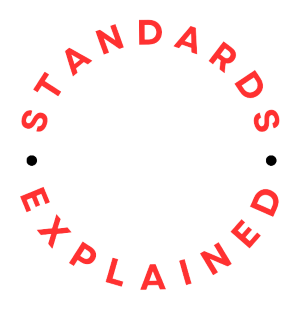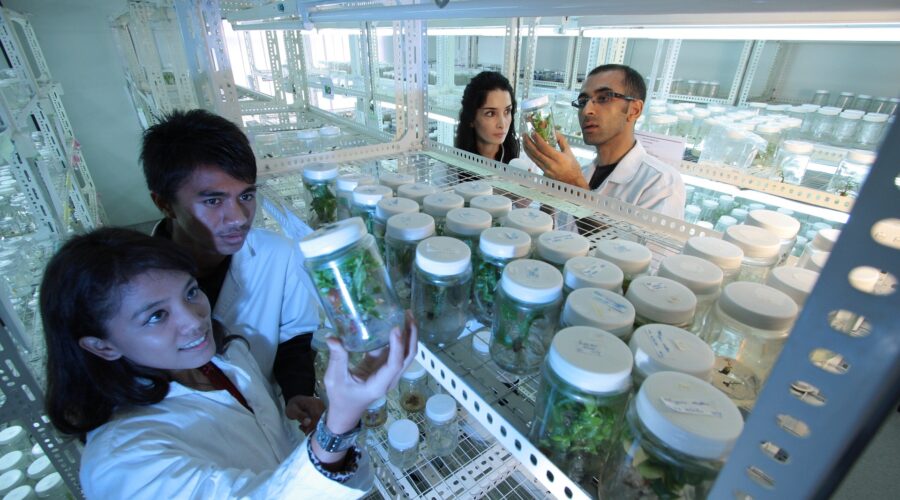ISO 56002:2019 Innovation management — Innovation management system — Guidance provides guidelines for establishing, implementing, maintaining, and continually improving an innovation management system. The requirements’ standard, ISO 56001, to which this guidance relates was published in 2024.
ISO 56002 applicable to:
- organizations seeking sustained success by developing and demonstrating their ability to effectively manage innovation activities to achieve the intended outcomes;
- users, customers, and other stakeholders, seeking confidence in the innovation capabilities of an organization;
- organizations and their stakeholders seeking to improve communication through a common understanding of what constitutes an innovation management system;
- providers of training in, assessment of, or consultancy for, innovation management and innovation management systems;
- policy makers, aiming for greater effectiveness of support programs targeting the innovation capabilities and competitiveness of organizations and the broader development of society.
All guidance within this document is generic and intended to be applicable to all types of:
- organization, regardless of sector, or size – the focus is on established organizations, with the understanding that both temporary organizations and start-ups can also benefit by applying these guidelines in all or in part;
- innovations (e.g. product, service, process, model, and method) ranging from incremental to radical;
- approaches (e.g. internal and open innovation, user, market, technology, and design-driven innovation activities).
What does it cover?
| Introduction |
| 1 Scope |
| 2 Normative references |
| 3 Terms and definitions |
| 4 Context of the organization |
| 4.1 Understanding the organization and its context |
| 4.2 Understanding the needs and expectations of interested parties |
| 4.3 Determining the scope of the innovation management system |
| 4.4 Establishing the innovation management system |
| 5 Leadership |
| 5.1 Leadership and commitment |
| 5.2 Innovation policy |
| 5.3 Organizational roles, responsibilities, and authorities |
| 6 Planning |
| 6.1 Actions to address opportunities and risks |
| 6.2 Innovation objectives and planning to achieve them |
| 6.3 Organizational structures |
| 6.4 Innovation portfolios |
| 7 Support |
| 7.1 Resources |
| 7.2 Competence |
| 7.3 Awareness |
| 7.4 Communication |
| 7.5 Documented information |
| 7.6 Tools and methods |
| 7.7 Strategic intelligence management |
| 7.8 Intellectual property management |
| 8 Operation |
| 8.1 Operational planning and control |
| 8.2 Innovation initiatives |
| 8.3 Innovation processes |
| 9 Performance evaluation |
| 9.1 Monitoring, measurement, analysis, and evaluation |
| 9.2 Internal audit |
| 9.3 Management review |
| 10 Improvement |
| 10.1 General |
| 10.2 Deviation, nonconformity, and corrective action |
| 10.3 Continual improvement |
Implementation
Implementing an Innovation Management System (IMS) in an organization in accordance with ISO 56002 involves several key steps.
1. Leadership and Commitment
- Obtain leadership commitment and support for the implementation of the IMS.
- Establish a clear innovation policy and communicate it throughout the organization.
2. Integration with a Existing Systems
Assess the organization’s existing management systems and identify opportunities for integrating the innovation management system with other systems (e.g. quality and environmental).
3. Context of the Organization
- Understand the external and internal context of the organization in relation to innovation.
- Identify stakeholders and their expectations.
4. Innovation Managements System Planning
Develop a detailed plan for implementing the IMS, considering resources, roles, responsibilities, and timelines.
5. Innovation Leadership
- Appoint an innovation leader or team responsible for overseeing the implementation and management of the IMS.
- Define roles and responsibilities for innovation at various levels of the organization.
6. Innovation Policy and Objectives
- Establish an innovation policy aligned with the organization’s objectives.
- Set measurable innovation objectives to support the policy.
7. Organizational Structures, Roles and Responsibilities
- Define the organizational structure for innovation management.
- Allocate roles and responsibilities to ensure effective implementation and maintenance of the IMS.
8. Competence and Training
- Identify the competencies required for personnel involved in innovation.
- Develop and implement training programs to enhance innovation skills.
9. Communication
- Establish effective communication processes to promote innovation awareness.
- Encourage open communication channels to capture and share innovative ideas.
10. Documentation and Information Management
- Develop and maintain documentation that supports the IMS.
- Implement information management processes to ensure data integrity and accessibility.
11. Idea Management
- Implement a system for capturing, evaluating, and managing innovative ideas.
- Establish criteria for the selection and prioritization of ideas.
12. R&D and Innovation Projects
- Develop and manage a portfolio of research and development (R&D) projects.
- Align innovation projects with the organization’s strategic goals.
13. Collaboration and Open Innovation
- Explore collaboration opportunities with external partners, suppliers, and other stakeholders.
- Consider open innovation practices to source ideas externally.
14. Performance Evaluation
- Establish key performance indicators (KPIs) to measure the performance of the IMS.
- Regularly monitor and evaluate innovation activities against established KPIs.
15. Continual Improvement
- Implement processes for continual improvement of the IMS.
- Encourage a culture of continuous learning and adaptation.
16. Legal and Other Requirements
Identify and ensure compliance with relevant legal and regulatory requirements related to innovation.
17. Intellectual Property Management
- Establish processes for managing and protecting intellectual property resulting from innovation activities.
- Ensure compliance with intellectual property laws.
18. Risk Management
- Conduct a risk assessment to identify and assess risks associated with innovation.
- Develop strategies to address and mitigate identified risks.
19. Management Review
- Conduct regular management reviews to assess the overall performance of the IMS.
- Identify opportunities for improvement and make strategic decisions to enhance the system.
20. External Audits and Certification
- Consider seeking certification from a recognized certification body to demonstrate conformity with ISO 56001 once that standard has been published.
- Prepare for external audits as part of the certification process.
In conclusion..
Remember, the implementation of an Innovation Management System is an ongoing process, and organizations should continually monitor, evaluate, and improve their systems to ensure they remain effective in fostering innovation and contributing to the organization’s success.
ISO 56002 can be purchased through the ISO.org website.
See also ISO 56001 Innovation Management System — Requirements.














Comments (0)